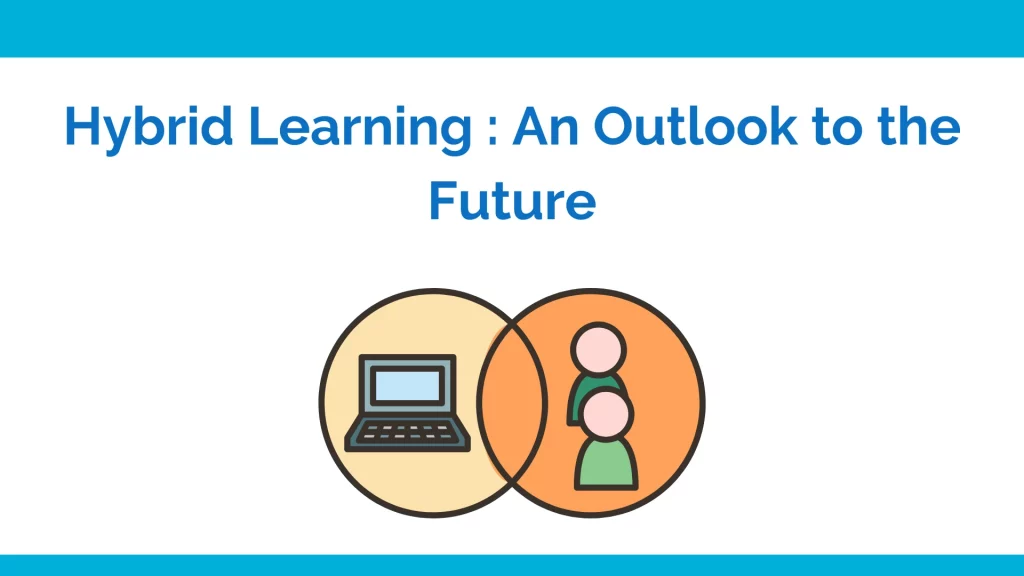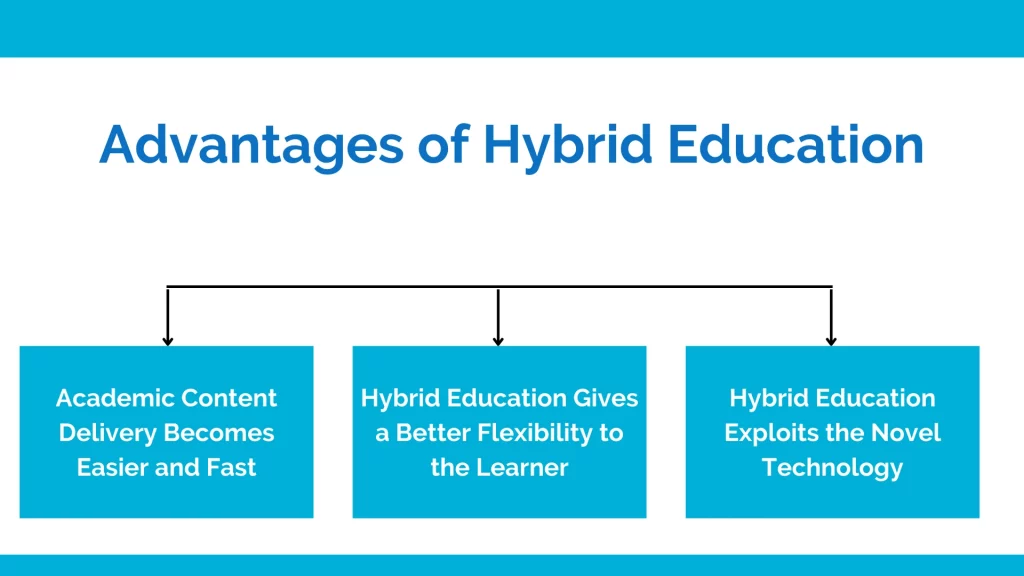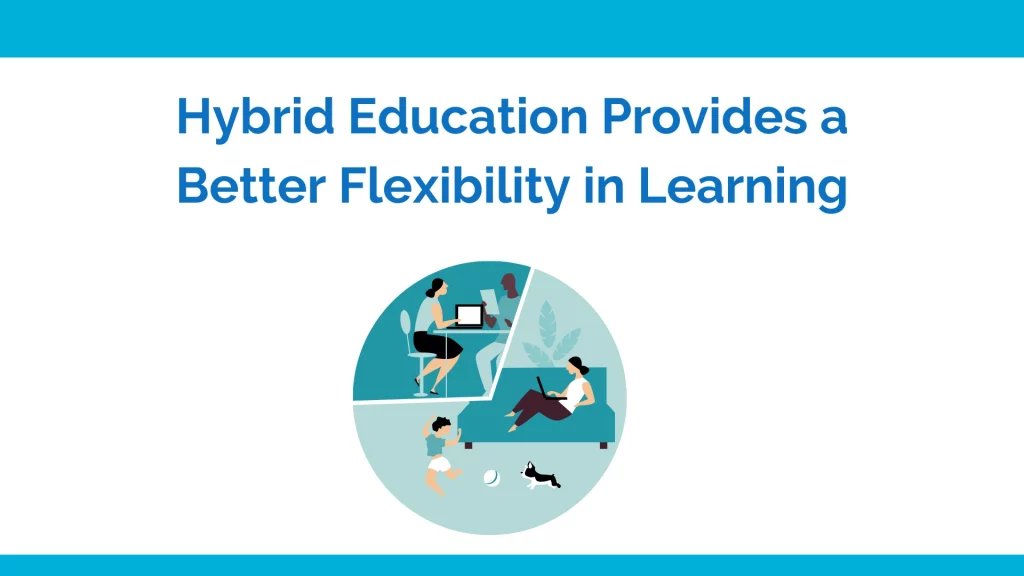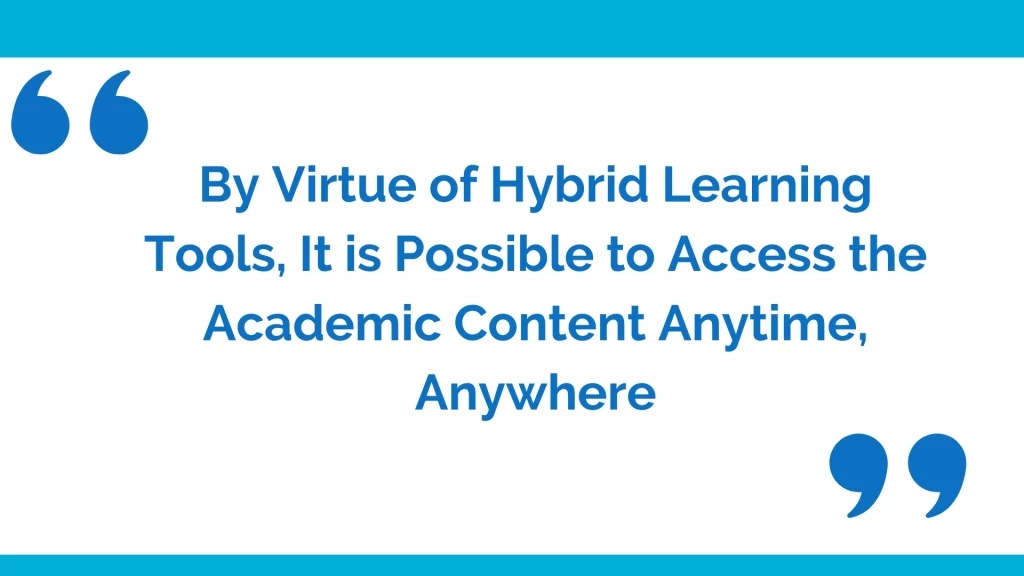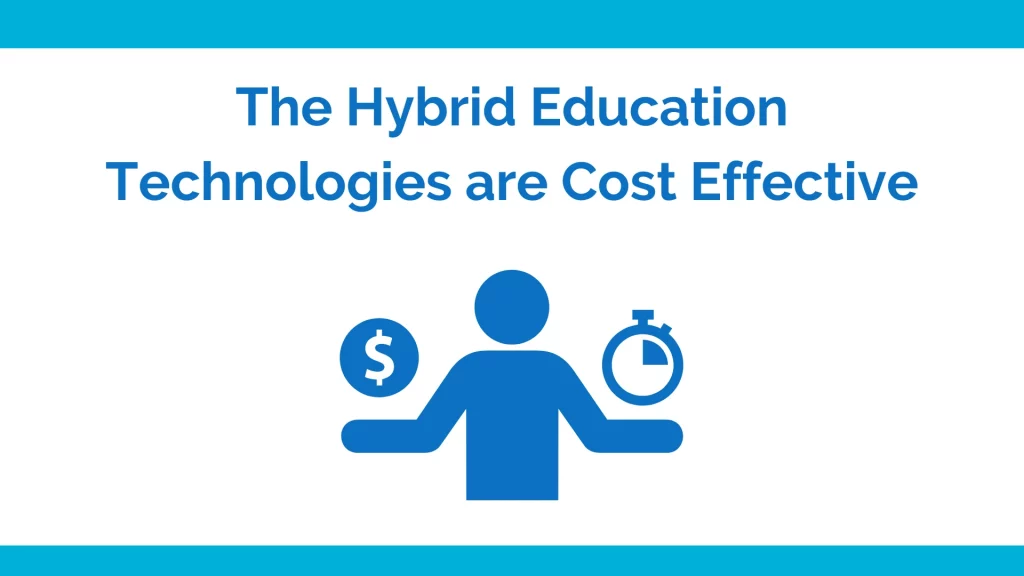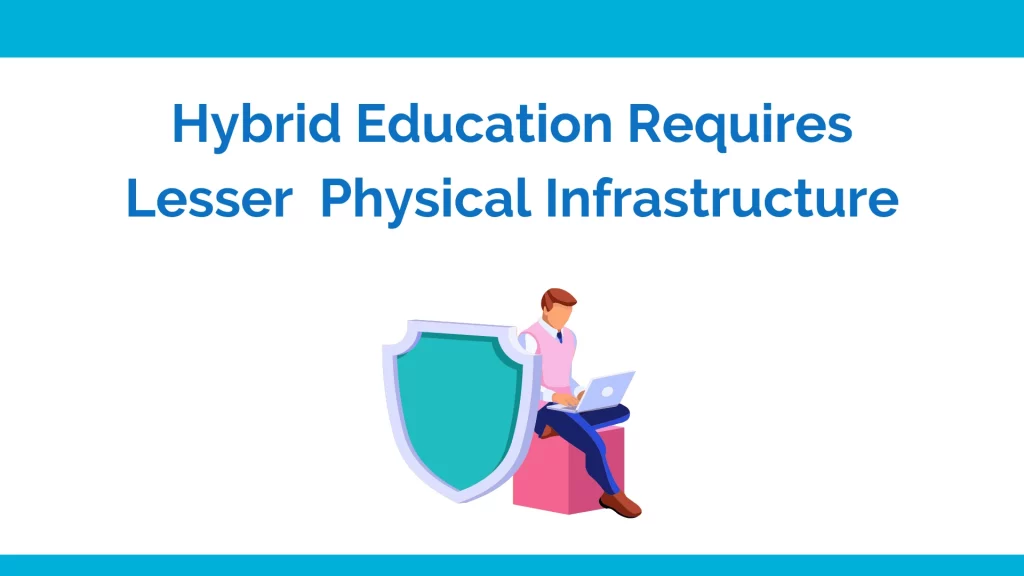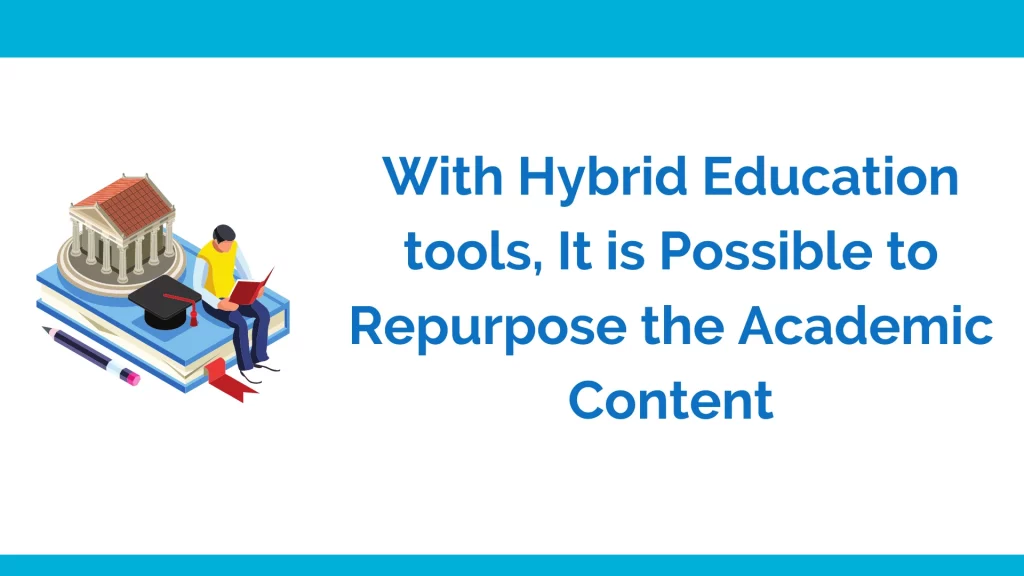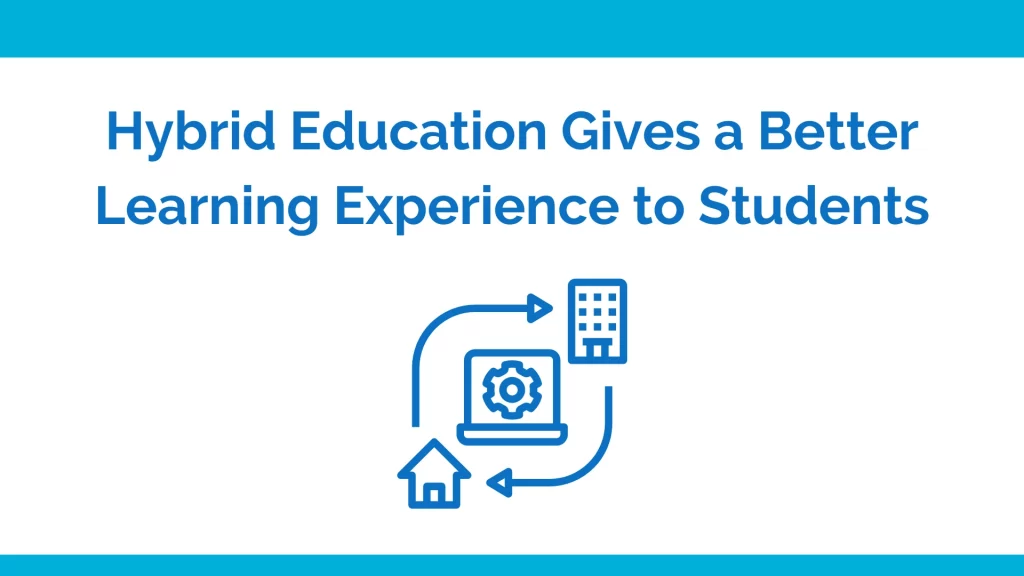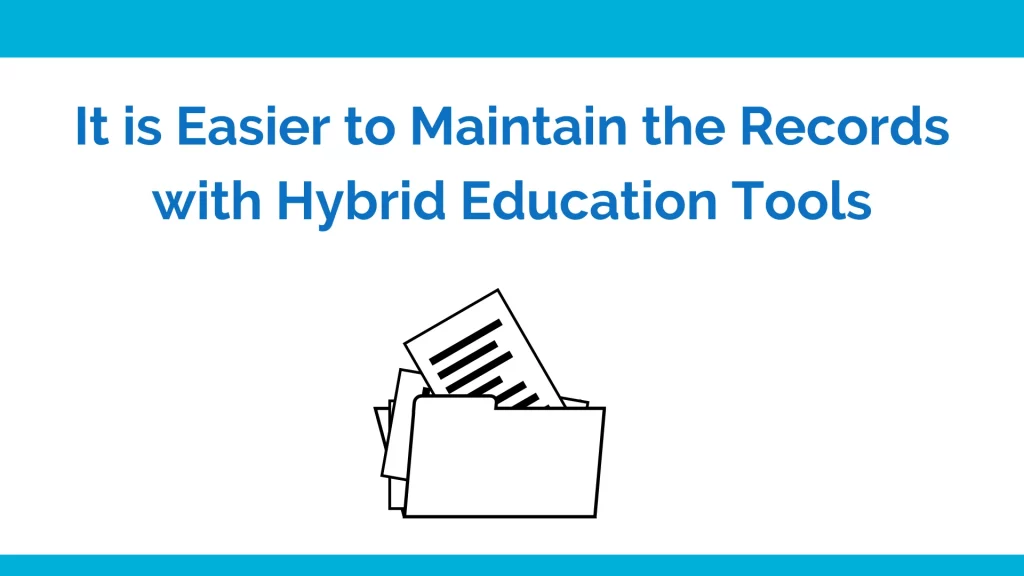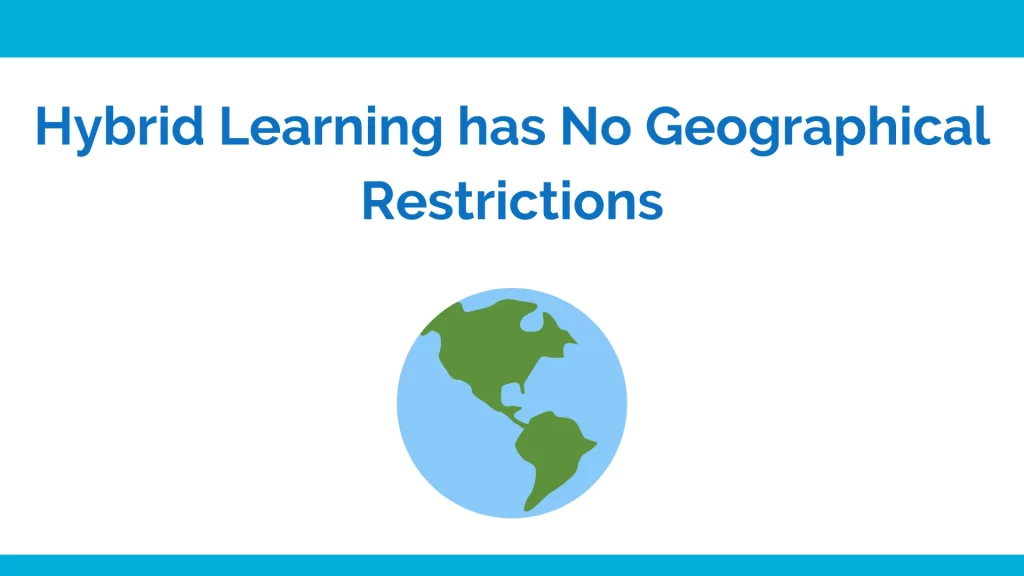Article Contents
Background for Hybrid Learning
Hybrid learning is a relatively new term for everyone. The emergence of hybrid learning took place a few years ago when online video-calling platforms evolved to make the interface classroom-friendly. No doubt hybrid learning is more predominant as an effect of restrictions enforced due to COVID-19 prevention norms.
Higher education leaders have learned from the COVID-19 pandemic and are looking for new ways to reinvent the campus. Enrollment has been declining, and broader demographic changes are likely to continue.
Commuting to campus has become an unnecessary burden, and a growing number of students are choosing not to attend classes. In addition, campus life has become more secluded, with many faculty and staff preferring to work from home.
Hybrid learning is necessary considering the demand from students and their parents for more flexibility and a higher level of digital learning experiences. The hybrid-first approach will help institutions design their programs and services in a way that meets the needs of their constituents at any stage of their learning journey.
The growing popularity of hybrid learning is a big trend to watch. Hybrid education is a blend of online and offline learning. The concept is gaining popularity in the industry due to the increasing demand for flexible learning options.
The hybrid learning model allows students to learn at their own pace and from anywhere at any time, which can be particularly useful for those who are unable to attend traditional classes due to other commitments such as work or family obligations.
As the number of people using this model continues to increase, you must know what to look out for so that you can make an informed decision about enrolling in a hybrid program. In fact, “most millennials prefer hybrid education to traditional on-campus programs,“ Forbes reports.
With the advancement of technology and changing trends, here are trends that you should look out for in 2024
Trends that you should look out for in 2024-
The continuous evolution of technology for hybrid education is surely strengthening the education system. The benefits of implementing a hybrid learning environment are continuing to outweigh the challenges. Here are the key advantages of Hybrid Education
By the benefits of eLearning, the majority of countries are adopting for hybrid learning approach

Institutions are adopting learning management systems, online assessment solutions, and app-based learning to manage educational processes. The use of Artificial intelligence is also increasing in the education sector.
The top benefits of the Hybrid learning model are:
1. Learning flexibility:
Unlike conventional classroom-based learning, it provides flexibility for the learners to learn the subject of their interest in their time frame. In the conventional learning model, candidates have to attend the whole lecture in one go; this makes students feel the classes are lengthy, which in turn makes them lose their attention.
The hybrid learning model lets the student decide whether to attend the classes in the classroom or in a digital way; Additionally, the candidate may record the classes for future reference
2. Accessibility:
The digital platforms are optimized to be accessed through mobiles, tablets, and computers which run on commonly used operating systems; This provides better accessibility to academic content.
The learners can access the academic data 24X7 subject to the availability of the internet. According to the available information, 4.88 billion people around the world have access to the internet, which makes sure that academic content will be available to the majority of the population across the globe surpassing geographical barriers.
3. Affordability:
Affordable education has always been an inspiration to social welfare organizations across the globe, technology comes to the front to serve this need to a great extent.
Digital content is freely available across the internet, and subject-specific content can be availed through the university websites, Various governments have mandated that government universities on the website of their own as part of digital infrastructure implementation
4. Reduced infrastructural requirements:
Conventional education methods need civil infrastructure, and transport costs for students and academicians to travel to the campus. Digital classrooms help to save this cost. Moreover; the cost of maintaining classrooms, and electricity can be saved to a great extent
5. Knowledge base creation:
The delivered lectures can be saved and accessed by the learners, the content creator can keep the right of transmitting the content as and when needed. The candidates can use this content for revision and reference for studies
6. Content transmissibility and amplification:
The recorded content can be amplified and converted into any of the suitable and convenient formats. The recorded lectures can be used to extract textual data or scripts using tools like vidd.io.
The videos can be enhanced using animation and graphics to make the content more understandable
7. Digital experience:
Various studies have suggested that virtual reality and audio-visual-based learning can help learners retain information better and enhance their creativity.
The VR can be integrated with digital learning platforms, which gives us futuristic insights into education technology
8. Better record keeping:
The attendance, subject, and topic information can be efficiently maintained using the digital platform, unlike conventional classroom-based methods.
The relevant data for each lecture can be shared through the digital learning platform itself making the records and other data more organized and accessible.
9. No geographical barriers:
Students located in distant places can access the classrooms digitally thereby making it possible for students to study from home. On the other hand, many academicians argue that students miss out the classroom interactions among the learners and between learners and teachers.
Additionally, Hands-on experiments cannot be conducted through online platforms, but virtual reality brings a ray of hope in the distant future which would make it possible to experience the virtual laboratory
Several other factors contribute to the adoption of hybrid learning in higher education. The lack of access to technology is one of the greatest barriers to a successful hybrid education. In contrast to the previous model, a hybrid learning environment is a flexible way to complete the educational process.
It is a solution to the problem of a large digital divide. Consequently, the hybrid learning environment will be the most flexible option for educating people.
The emergence of hybrid learning brings insight into the future, where classrooms will be completely digitalized and technology will be used to its fullest capacity. There are many edtech tools used by institutes in order to simplify hybrid education.


